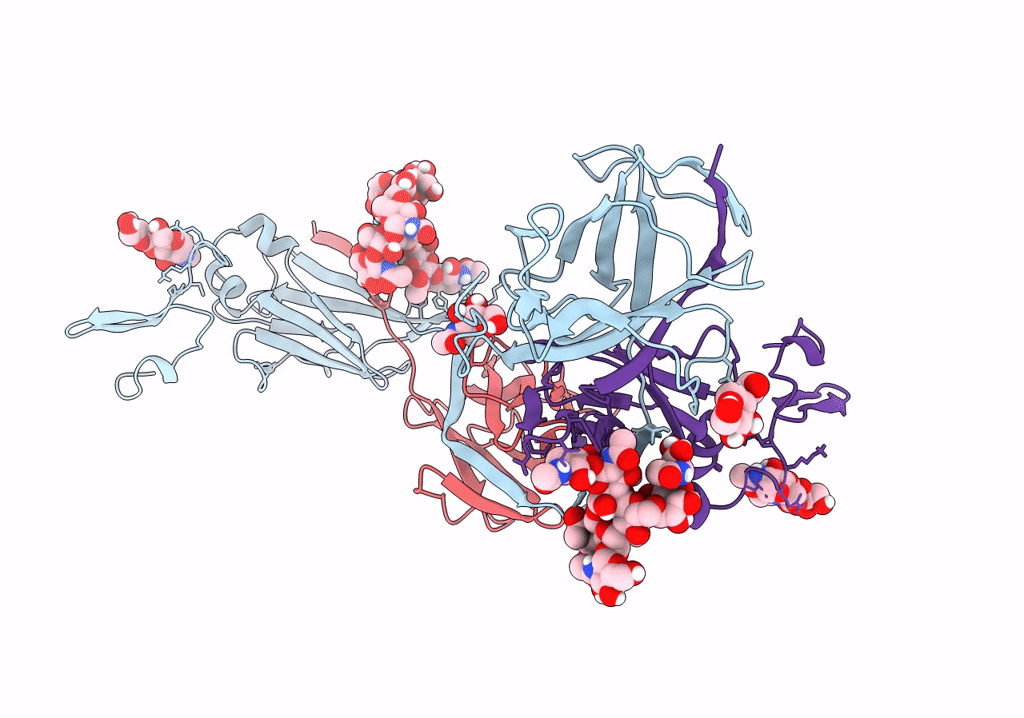
Deposition Date
2019-12-16
Release Date
2020-11-04
Last Version Date
2024-11-13
Entry Detail
PDB ID:
6TQL
Keywords:
Title:
Cryo-EM of elastase-treated human uromodulin (UMOD)/Tamm-Horsfall protein (THP) filament
Biological Source:
Source Organism:
Homo sapiens (Taxon ID: 9606)
Method Details:
Experimental Method:
Resolution:
3.96 Å
Aggregation State:
FILAMENT
Reconstruction Method:
HELICAL


